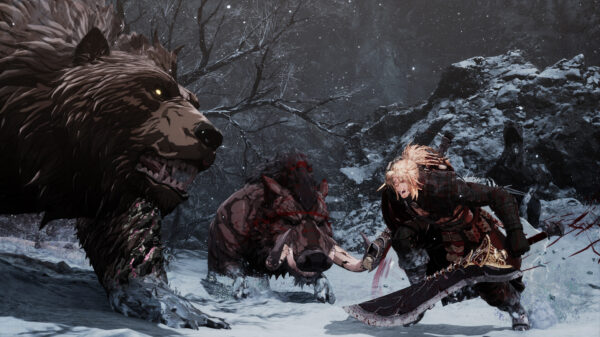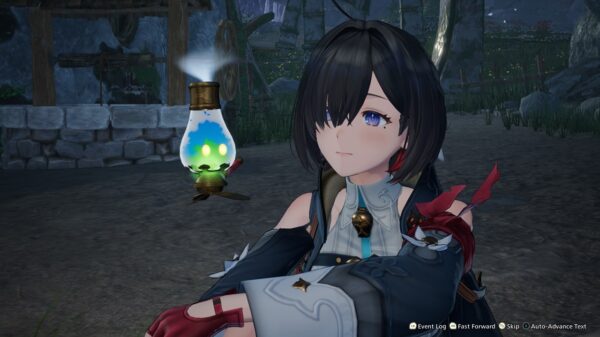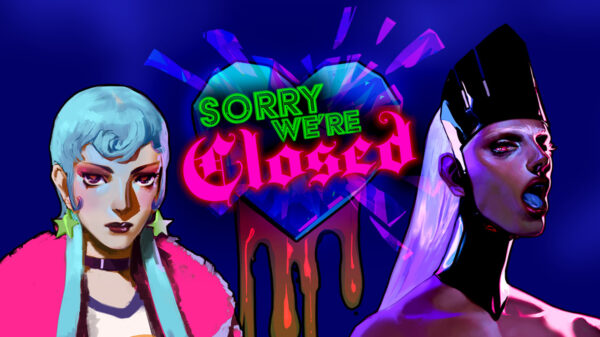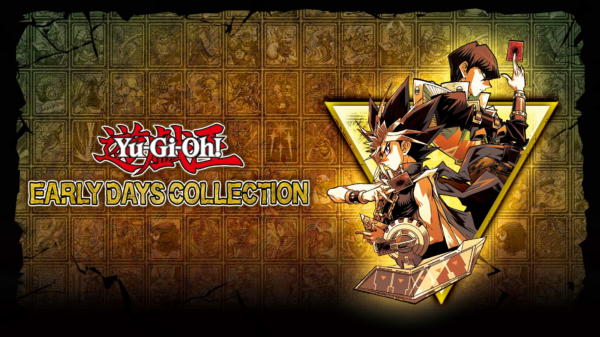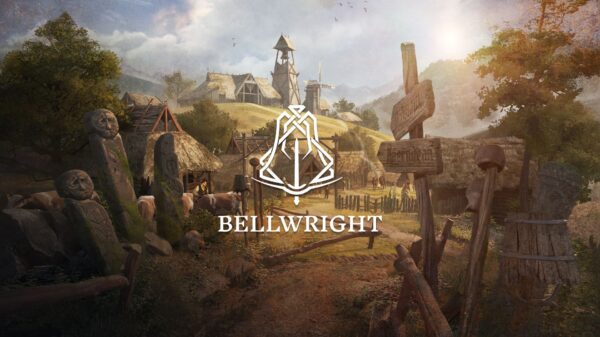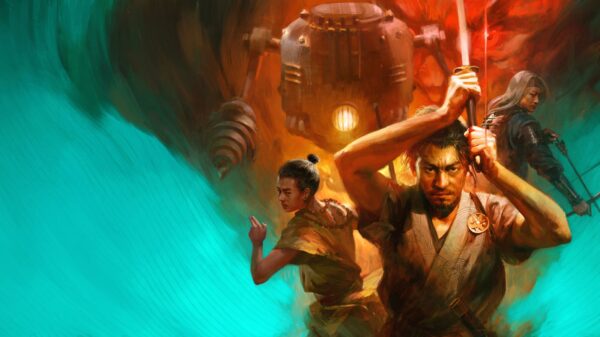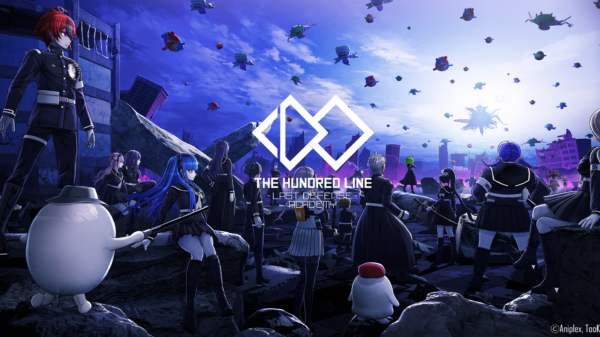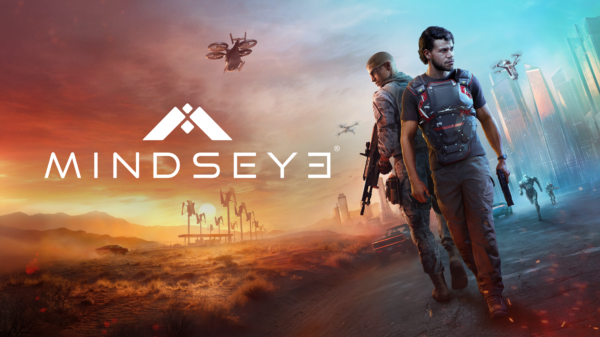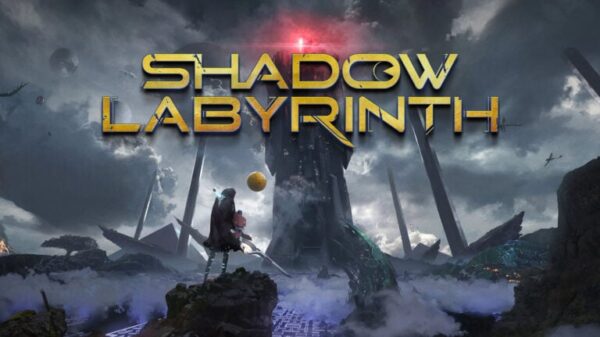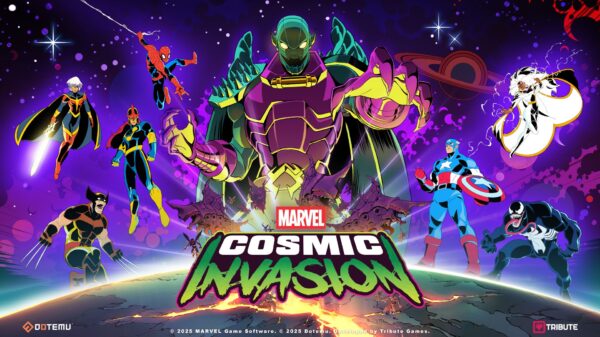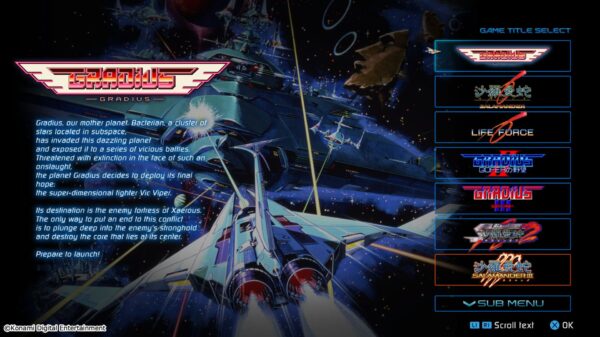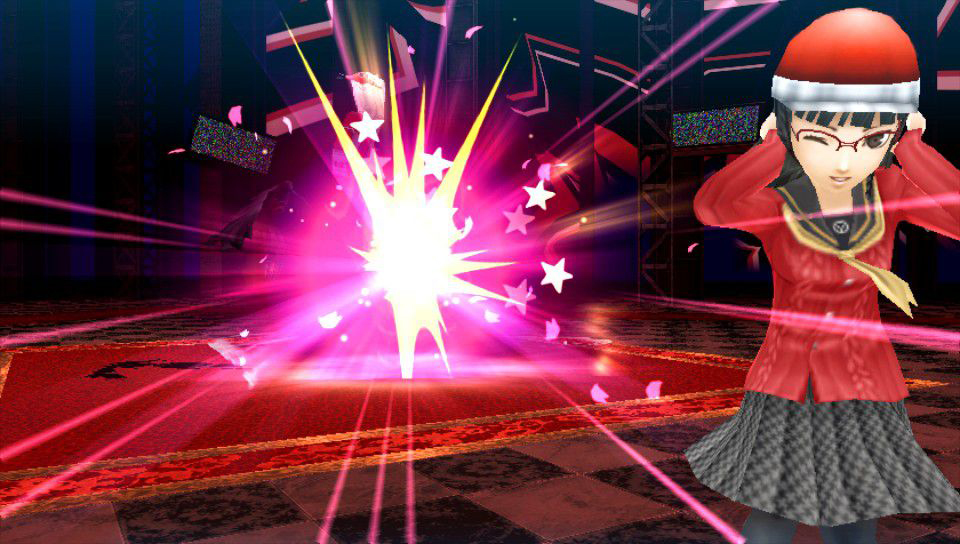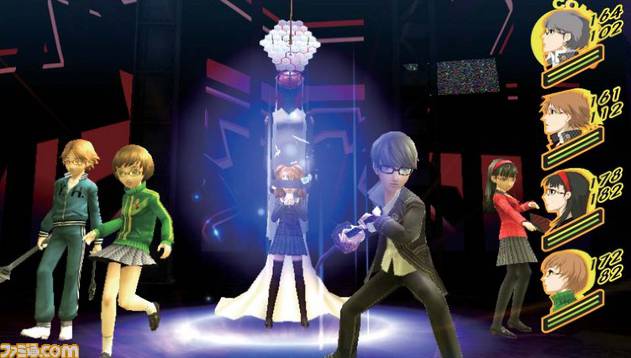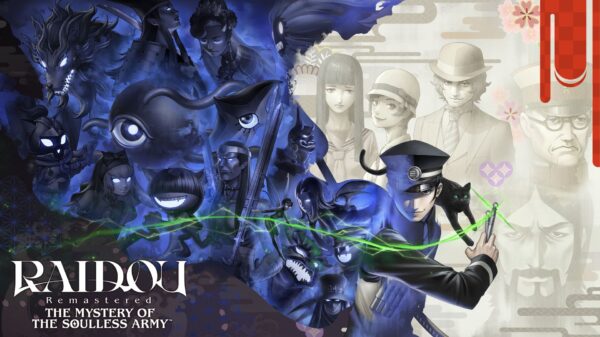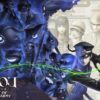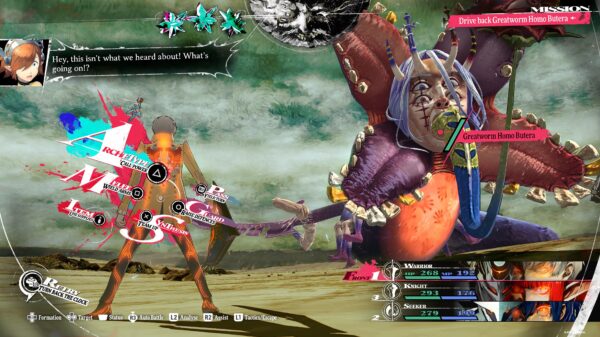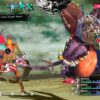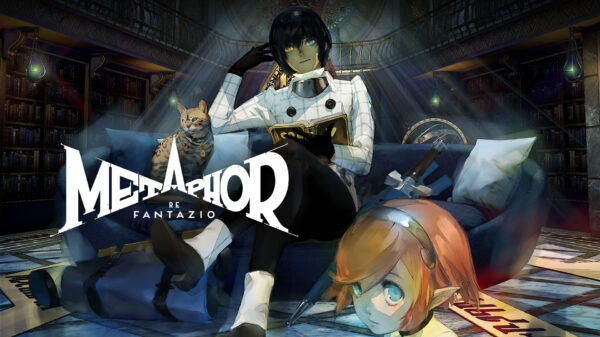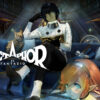‘Persona 4 Golden,’ by Atlus, is not what I would call a port as much as a complete upgrade from the original PS2 release, with literally dozens and dozens of new additions. Too many to be listed. You’ll once again find yourself in the small town of Inaba, playing as Yu Narukami (protagonist) and co. in an effort to solve the strange murder cases that plague the citizens. the Midnight Channel, a mysterious phenomenon, displays a certain individual on a viewers television. Several days later, the person dies. It’s up to you and your party to step up and figure out what is happening and how you can stop it. You’re fresh to the town after living in the city your whole life, staying with your uncle and his daughter, Dojima and Nanoko, respectively.
Persona 4 The Golden
Developer: Atlus
Price: $39.99
Platforms: PlayStation Vita (reviewed)
The entire cast returns, including Chie Satonaka, the upbeat martial artist who has a strangely round head, Yosuke Hanamura, a typical high school teen that also moved to Inaba from the city, and of course Yukiko Amagi, the shy girl whose family owns a tourist-attracting inn right in town. You begin by meeting Chie, Yukiko and Yosuke at school and learn of these strange murders. Upon accidentally getting sucked into your television during the Midnight Channel one night, Yu leaps into a larger television at the local department store, because why the hell not, right? The party follows and realizes there is an entire world within. There, you meet Teddie, a bizzare little circus bear who makes bad puns. He tells you he has no idea what is happening with the murders, but someone is throwing people into his world every month or so. As with the PS2 version, you will defeat the shadows of those people who are thrown into the TV (your friends at first), only to acquire them in your party later as allies in battle. The order is the same, beginning with Yosuke, then Amagi, Kanji Tatsumi, Rise Kujikawa, Teddie, Mitsuo Kubo and Naoto Shirogane, in that order. End-game dungeons are as-is. You have a very limited window of time to save someone, usually 1-2 weeks. With so many new toys and features, it is easy to forget about training and saving lives.
For the most part, the game plays just like the original. During school days, you wake up, go to class, occasionally get questioned by your teachers, then spend the afternoon doing either extracurriculars, increasing social links by spending time with friends and peers, or solving the murder case. You can read books, work, study and correctly answer questions in class, for example, to raise certain attributes on your character. Get those attributes high enough and it gives you access to side stories and new jobs. All of which raise your attributes even further. NPC’s are also there for side missions to raise them. Each NPC is interactive, with a little bubble appearing above their heads when a mission is available. This small addition of the text bubble will prevent you from playin guessing games like in the old Persona 4, which goes a long way.
The major differences to the gameplay are entirely new features altogether. The biggest change is that players can now go out during the night time to the shopping district, shrine or river. Party members tend to loiter these areas which will allow you to increase social links with them in small increments in addition to regular social gatherings. The shrine in particular will not let you visit at night unless your courage as up to a certain point. This new feature is incredibly handy as it speeds up social link grinding faster. The only downside is you won’t be able to study or work later that night. There are a few new events to get your feet wet in, as well. These include Halloween, a beach, ski resort and Okina city (previously only seen in cutscenes). One of the neat features is that now, with the seasons, you can change your outfit to better match the environment. This is also displayed during battle scenes if you have any accessories (glasses, hats) apart from just general clothing.
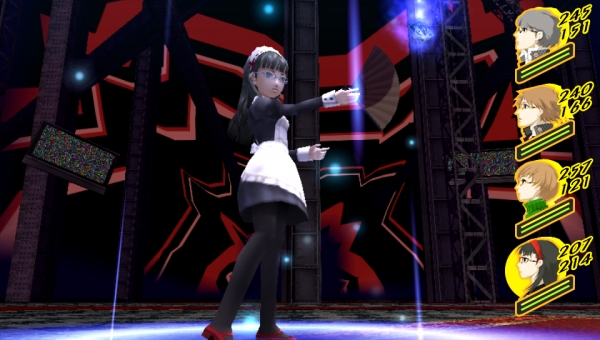
Having access to whimsical and out-of-place outfits can make for an entertaining battle on multiple fronts.
The battle sequences haven’t changed much during dungeon crawls. Attack an enemy from behind, and you get a Player Advantage, allowing you an extra turn to attack. If you get hit by the shadow on the sides or from behind, it’s an Enemy Advantage. I did find it particularly bothersome that they had to make it easier for enemies to get advantages. However, once in battle, you use your Persona’s skills to gain type advantage in battle. This has remained virtually the same, and is still a lot of fun. One aspect which changes the flow of battle, for the better, are tag team and cavalry attacks, allowing out-of-party members to get involved in the action.
Speaking of Personas, the fusion process has changed. Now you have the ability to inherit certian abilities after fusion. For example, where Jack Frost could only learn ice moves in the original Persona 4, now he can inherit wind and lightning after fusion to increase utility, along with any other moves available, such as Marukaja. This is by far the best new feature in the game that fans will be happy about. There are also a couple Ultimate personas for players to grab for near the end of the game.
The soundtrack is brilliant as usual, and there is a brand new opening cinematic to drool over on the Vita’s OLED screen. The old intro is still available for viewing, and to complement the great soundtrack by Shoji Meguro, you can listen to them all from a music archive in the game’s menu, as well as various live recordings of Persona music (from 3 and 4) in the menu. As you progress through the game, you unlock cutscenes for the theatre mode, something which is becoming more common.
‘Persona’ titles are difficult games to have an opinion on, because they have so many different facets and things to offer. The new additions on top of what there already was, which is a lot, might overwhelm new-comers. Take your time with this game at first. If you are new to the series, don’t worry. Now is the best time to get sucked in. Just as with Persona 3 Portable, you can start on a number of difficulties depending on your confidence (safety, easy, normal, hard, risky).
One thing that has always worried me about this franchise is how long the games playout. You play over the course of an entire year, every day, and it can get boring. The new events and sidequests break that up, but they only go so far. If you’re very persistent and don’t care for this particular aspect, then playing on hard mode or above will probably give you a similar feeling after hours and hours of grinding.
 The Final Word
The Final Word
The upgrade/port of the popular RPG will leave fans very satisfied, and give them a serious reason to consider buying a Vita if they haven’t already. Newcomers may be turned off initially from the game if they are new to the franchise, or to hardcore RPG’s in general. New gameplay mechanics, a beautifully arranged soundtrack and new events will keep your attention for hours, but the game may grow tiring with how long it plays out. There are hours of gameplay to be had in this great RPG.
– MonsterVine Rating: 4.5 out of 5 – Great

